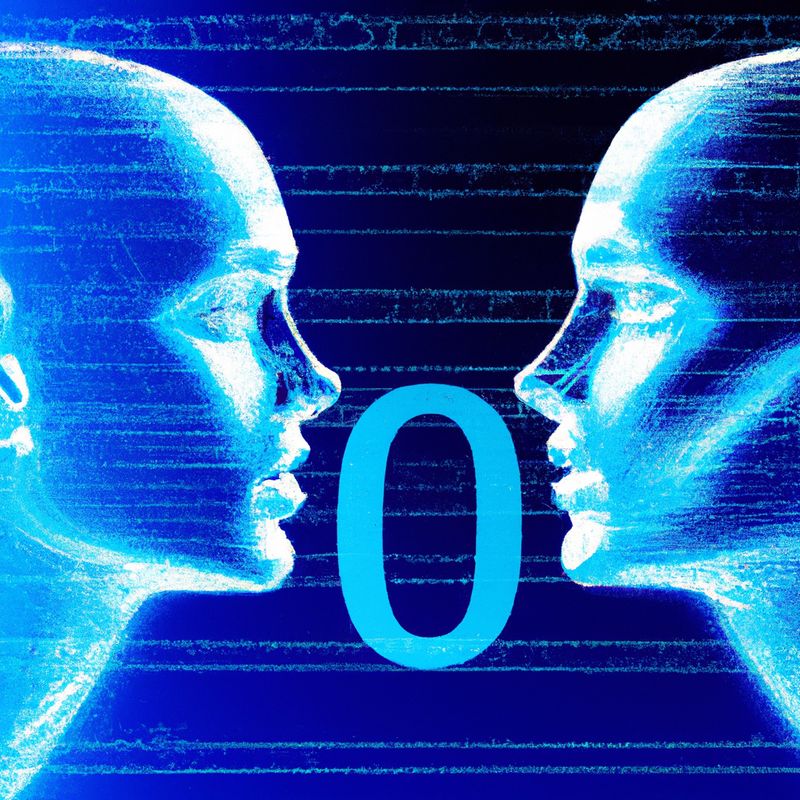Building a Chatbot System: A Step-by-Step Guide

Chatbots are rapidly becoming one of the most popular technologies in the world today. They are being used for a variety of purposes, from customer service to marketing and more. Building a chatbot system can be a daunting task, but with the right tools and knowledge, it can be done in a relatively short amount of time. In this article, we will provide a step-by-step guide on how to build a chatbot system.
What is a Chatbot System?
A chatbot system is a computer program that is designed to simulate conversation with human users. It uses natural language processing (NLP) and artificial intelligence (AI) to understand the user's input and respond with relevant information or instructions. Chatbots can be used for a variety of tasks, such as providing customer service, answering questions, providing product recommendations, and more.
Step 1: Choose a Platform
The first step in building a chatbot system is choosing a platform. There are many different platforms available, such as Facebook Messenger, Slack, Telegram, and more. Each platform has its own advantages and disadvantages, so it is important to choose the one that best suits your needs. For example, if you are looking for a platform that is easy to use and has a large user base, then Facebook Messenger may be the best choice.
Step 2: Choose a Chatbot Framework
Once you have chosen a platform, the next step is to choose a chatbot framework. A chatbot framework is a software library that allows you to easily create and deploy chatbot applications. There are many different frameworks available, such as Microsoft Bot Framework, Wit.ai, and more. Each framework has its own advantages and disadvantages, so it is important to choose the one that best suits your needs.
Step 3: Design the Conversation Flow
The next step is to design the conversation flow. This is the process of designing the conversation that the chatbot will have with the user. It is important to think about the user's goals and how the chatbot can help them achieve those goals. It is also important to keep the conversation simple and easy to understand. Once the conversation flow is designed, it can then be implemented in the chatbot framework.
Step 4: Train the Chatbot
The next step is to train the chatbot. This is the process of teaching the chatbot how to respond to user input. Training a chatbot requires data, which can be collected from a variety of sources such as customer service logs, user surveys, and more. Once the data is collected, it can then be used to train the chatbot using machine learning algorithms. This process can take some time, but it is essential for ensuring that the chatbot is able to accurately respond to user input.
Step 5: Deploy the Chatbot
Once the chatbot is trained, the next step is to deploy it. This is the process of making the chatbot available to users. Depending on the platform, this can be done in a few different ways. For example, if the chatbot is being deployed on Facebook Messenger, then it can be done by creating a page for the chatbot and connecting it to the platform. Once the chatbot is deployed, it can then be used by users to interact with it.
Conclusion
Building a chatbot system can be a daunting task, but with the right tools and knowledge, it can be done in a relatively short amount of time. By following the steps outlined in this article, you will be able to build a chatbot system that is tailored to your needs. With the right chatbot system, you can provide your customers with an efficient and personalized experience that will help to improve customer satisfaction and loyalty.
